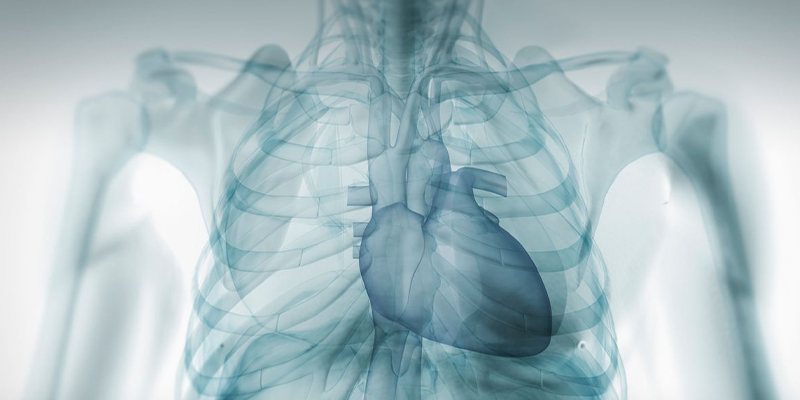Contrast materials, also known as contrast agents, serves as the most important tool for radio diagnostics. Also referred as contrast media or contrast agents, their job is to improve the quality of images produced by x-rays, computed tomography (CT), magnetic resonance (MR) imaging, and ultrasound. Contrast materials allow the radiologist to differentiate normal form abnormal conditions. These are not coloring agents or dyes that permanently discolor internal organs. They are chemicals that possess the capability to temporarily alter the way x-rays or other imaging tools interact with the body. When introduced into the body before an imaging exam, contrast agents develop complexes that block or limit the ability of radio waves (x-rays, in this case) to pass through, thus making them ‘appear’ in the radiology findings.
As the name suggests, contrast materials help differentiate or “contrast” specific areas of the body from the surrounding tissue. Making tissues, blood vessels and specific organs more ‘pronounced’ in the images, they help physicians diagnose medical conditions.
Contrast materials are introduced into the body in any of the three ways. They can be administered orally (can be swallowed), rectally (through enema), or can be introduced in the bloodstream through intravenous or intra-arterial injections. The contrast material is either absorbed by the body or eliminated through urine or feces, following the imaging exam.
There are several types of contrast materials:
Mostly, iodine-based and barium-sulfate compounds find applications in x-ray and computed tomography (CT) examinations.
In the presence of an iodine-based and barium-sulfate contrast material in a specific area of the body, the ability of the x-rays to pass through that particular area is hindered as a result of which, blood vessels, organs and other body tissue that temporarily harbor the iodine-based or barium compounds change their appearance on x-ray or CT images.
Gadolinium is an important constituent of contrast materials, primarily used in magnetic resonance (MR) exams. When in the body, Gadolinium based contrast materials change the magnetic properties of molecules present in its vicinity thus enhancing the quality of MR images.
Salt water (also referred as saline) and gas (mostly air) are also brought into use as contrast materials in imaging exams. Microbubbles formed due to air in saline water, are viewed to determine the flow of blood particularly during exams of the heart.
How safe are contrast materials?
A number of studies conducted have confirmed the safety of contrast materials however, the chances of mild allergic reactions do prevail. While severe allergic reaction to contrast materials are extremely rare, radiology departments conducting exams are well equipped to deal with them. Moreover, Gadolinium based contrast agents, despite of few concerns, can be used safely for imaging patients in most settings. The risk of allergic reaction is less than with CT agents, and MRI contrast agents are not nephrotoxic. However, extremely ill inpatients with renal insufficiency may be a risk developing complications. However, after having a careful consideration into various factors, such complications can be very well dealt.
What do we offer?
Contrast materials from Trivitron are high purity reagents that guarantee best results with virtually no side effects. These include:
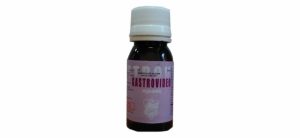
Gastrovideo : A ready-to-drink oral contrast with double orange flavor for GI Imaging. Gastrovideo is primarily indicated in cases in which the use of barium sulphate is not suitable or contraindicated and especially for the threatening perforation (peptic ulcer, diverticulum), acute haemorrhage, suspected partial or complete stenosis, and other acute conditions which are likely to require surgery.
Iomeron : Iomeron is a tri-iodinated non-ionic contrast media with the most innovative profile and highest concentration of iodine available in the market (400 mgl/mL). Radiology practitioners make use of high concentration of iodinated contrast agents such as Iomeron-400 to obtain clearer and diagnostically useful images.
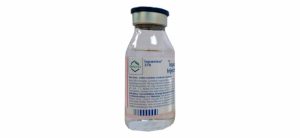
Ioparimo : Iopamiro is an x-ray contrast medium of the new generation of nonionic compounds, which are water-soluble because the molecular structure incorporates hydrophilic groups. This new class of contrast media (Non-Ionics) differs significantly from earlier compounds (Ionics), all of which are soluble only when the radiopaque molecule is ionized by forming a salt with sodium and / or meglumine.
KScan : Kscan Iopamidol injection is water soluble, non-ionic contrast medium with considerable diagnostic efficacy and safety.
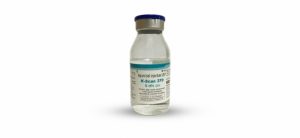
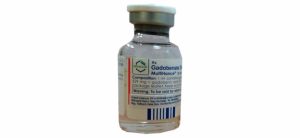
Multihance : It is the highest relaxivity gadolinium-based contrast agent (GBCA) approved for MRI of the CNS and whole body. It delivers significantly better contrast enhancement in diagnostic imaging of CNS lesions and other pathologies compared to other MRI agents available in the market. It is the only MRI contrast available in the market, which is excreted through the hepatobiliary route in addition to the renal route
SonoVue Sonovue Ultrasound Contrast Injection is a microbubble which when injected IV, can visualize both macro and micro blood vessels in the body to study different pathologies. It can be used for ‘real time Imaging’ which can facilitate Radiologist & Echo-cardiologist to visualize pathologies in real time.

